![Rachel Jacqueline [Mamiya 645 | Kodak Ektra 100]](http://lloydbelchervisuals.com/wp-content/uploads/2014/11/Rae-Urban-Shoot-2-1800-NWM.png)
A quick visit to Facebook and it’s pretty obvious that we like the immediacy of being able to show others our experiences through posting photos that we have taken that day at a party, on holiday or on a scenic trail somewhere. Immediacy is key and has shaped this digital age in which we want instant image gratification. Camera manufacturers have responded to this by producing cameras that are easy to use and can get those images ready to share in a flash. This is not altogether a negative thing & part of my photography work depends on my ability to work with this. However, the more involved I have got with photography as a business, the more I have become aware of the need to be wary of immediacy and protect the creativity, wonder & adventure that are part of this art. Shooting film photography helps me maintain this wonder and what follows are some of the reasons why I continue to shoot analogue and the benefits this has brought to my digital work.

Shooting on film is not some temporary pretentious divergent. I was given my first analogue camera [Minolta] in 1996 and it wasn’t until 2000 that I bought my first digital camera. Nowadays, when I am not on a photo shoot then I usually will only have my Nikon fm3a or Mamiya 645 with me. These are my ‘go to’ cameras when I am heading out on the streets and spending time with my family. The digital cameras stay at home. In case I sound like an old fart who has retreated to my analogue hermit cave, I’ll be clear and say that nearly all of commercial work is digital. My Canon 5D or 7D are my work horses and are clearly superior in low light settings and capturing high speed action sports than any analogue camera. The advances in digital technology have been astounding and I have benefited from these. But I also believe that these changes have also incurred some costs to the art of photography. I used to be surprised by how many conversations I would have with folk who were unable to use their DSLR cameras aside from auto mode. Sadly, I am no longer surprised.
I deliver photography workshops where I teach participants how to be in full control of their camera through manual mode rather than the camera controlling them (which is what is happening when you choose ‘auto’). As consumers, we have contributed to the construction of an ‘auto’ camera market whereby manufacturers have responded to our demands with cameras that allow us to take images without considering details such as shutter speed, ISO, aperture etc.
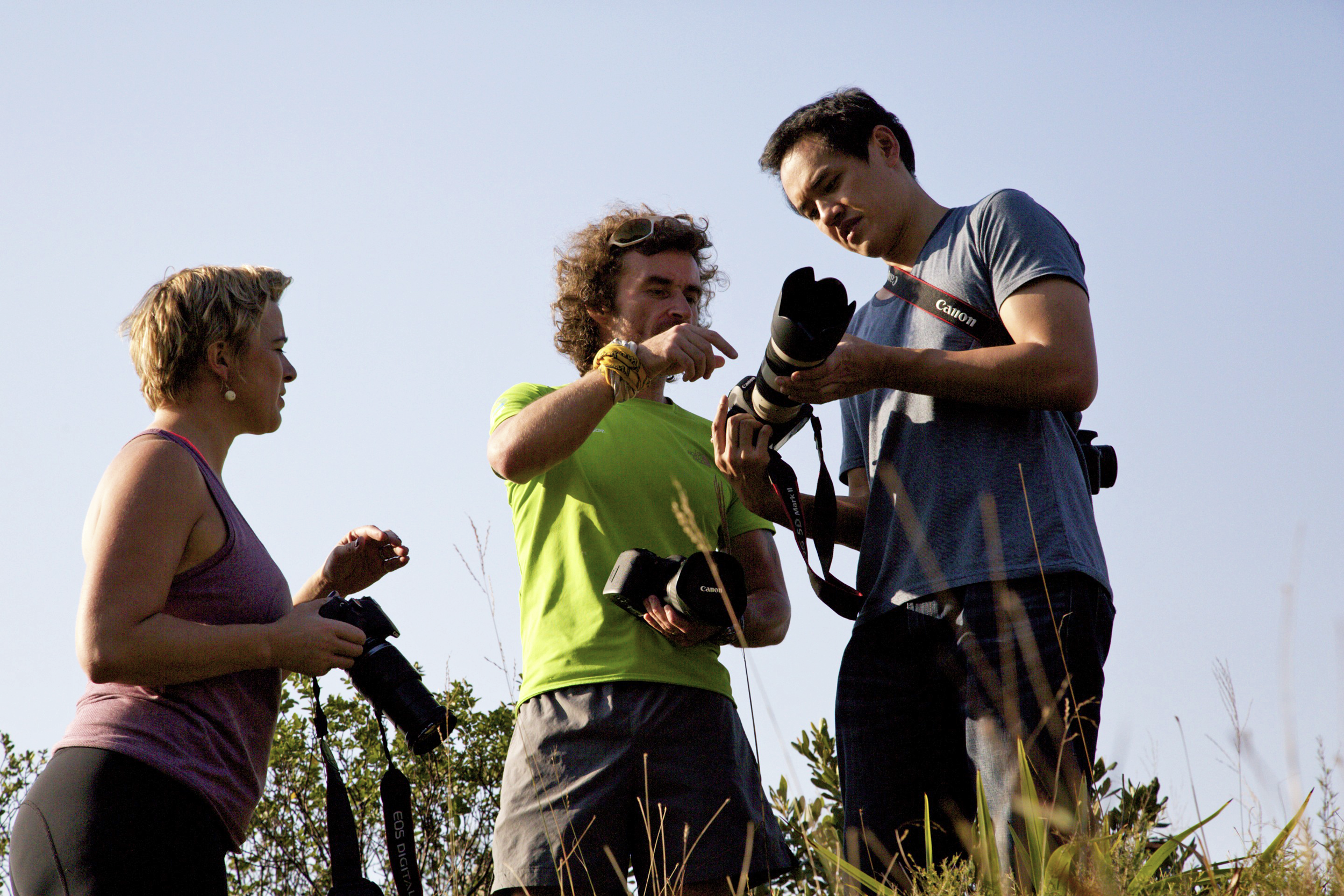
In this auto age where manufacturers are doing an incredible job to configure our cameras to point and shoot without us having to think about the settings ourselves, we are in danger of doing a disservice to the art and science of the image. I feel strongly that photographers should be in control of their cameras and not the other way around. At the risk of sounding self-righteous, I have rarely taken a digital image in anything other than ‘manual mode’. I want to be in full control of my camera which means that I decide the settings such as shutter speed, aperture & ISO. I cannot recall the last image I have taken in semi-auto mode [AV – Aperture Priority, TV – Shutter Priority etc.] and can safely say that I have never taken an image that has not been in manual mode for any of my clients, whether that be a commercial photo shoot or a sports event where the action is happening quickly.
Now and then, I get to blend both analogue and digital during commercial photo shoots. Below are images from an assignment with Rachel Jacqueline, who is a Hong Kong based creative writer & athlete. One of the below images was taken on a Mamiya 645 [medium format] and the other on a Canon 5D mk2. Can you guess which image is analogue and which one is digital?
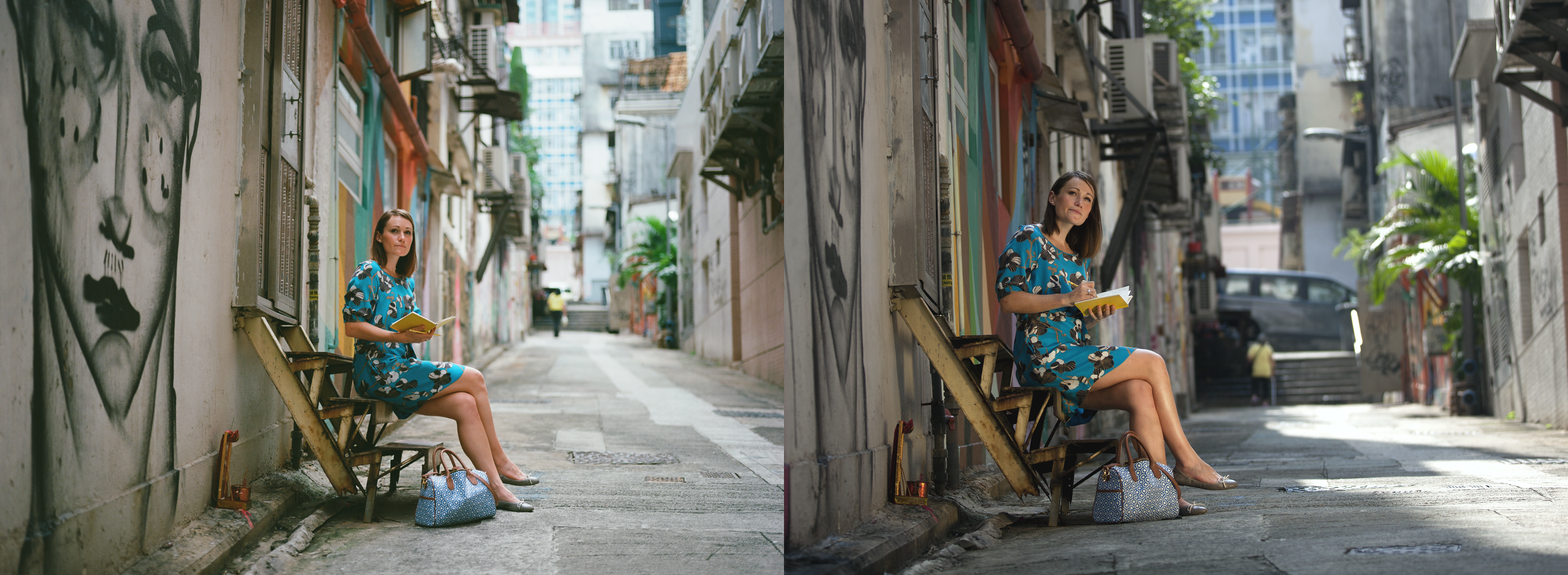
I spend far too much time in front of a computer screen poring over thousands of digital images from photography assignments ready to process for clients. You do not need to spend so much time to be aware that an analogue image has ingredients that digital does not.
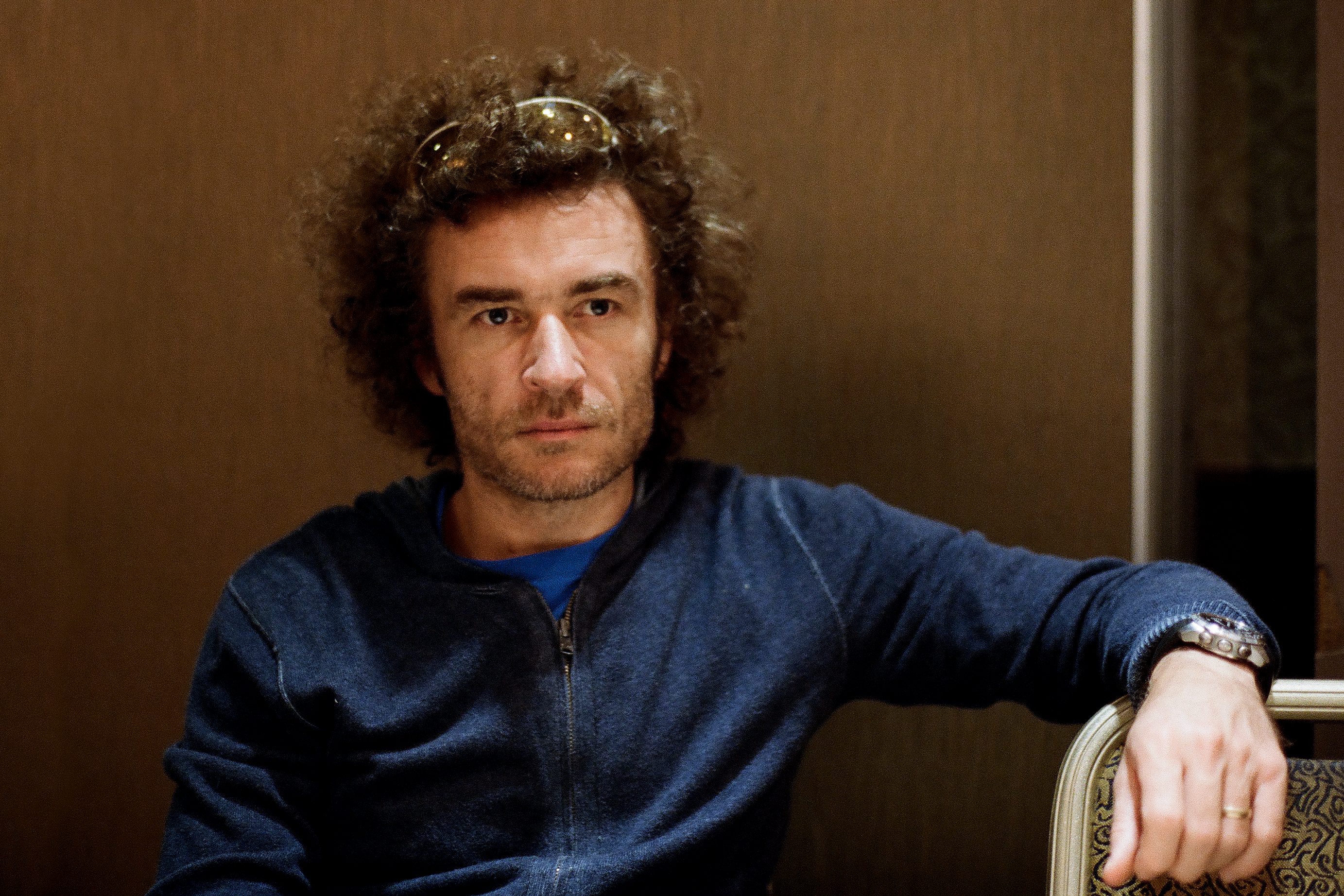
Analogue Cameras:
I have two analogue cameras: a Nikon fm3a [35mm] and a medium format Mamiya 645 AFD. I bought both of these second hand. Not too long ago, a medium format camera like a Mamiya was an expensive purchase. I bought mine for HKD 5,000 (I got a bargain when the Kowloon shop owner gratefully offered me a deal after I translated a university application form for her son from Chinese into English while waiting in her shop). The medium format camera second hand market is a seller’s market so you have to be patient to pick up a good deal. Once you have a decent medium format camera then you have a sound investment. I bought the Nikon fm3a on ebay. Both cameras are gems and are built to last.
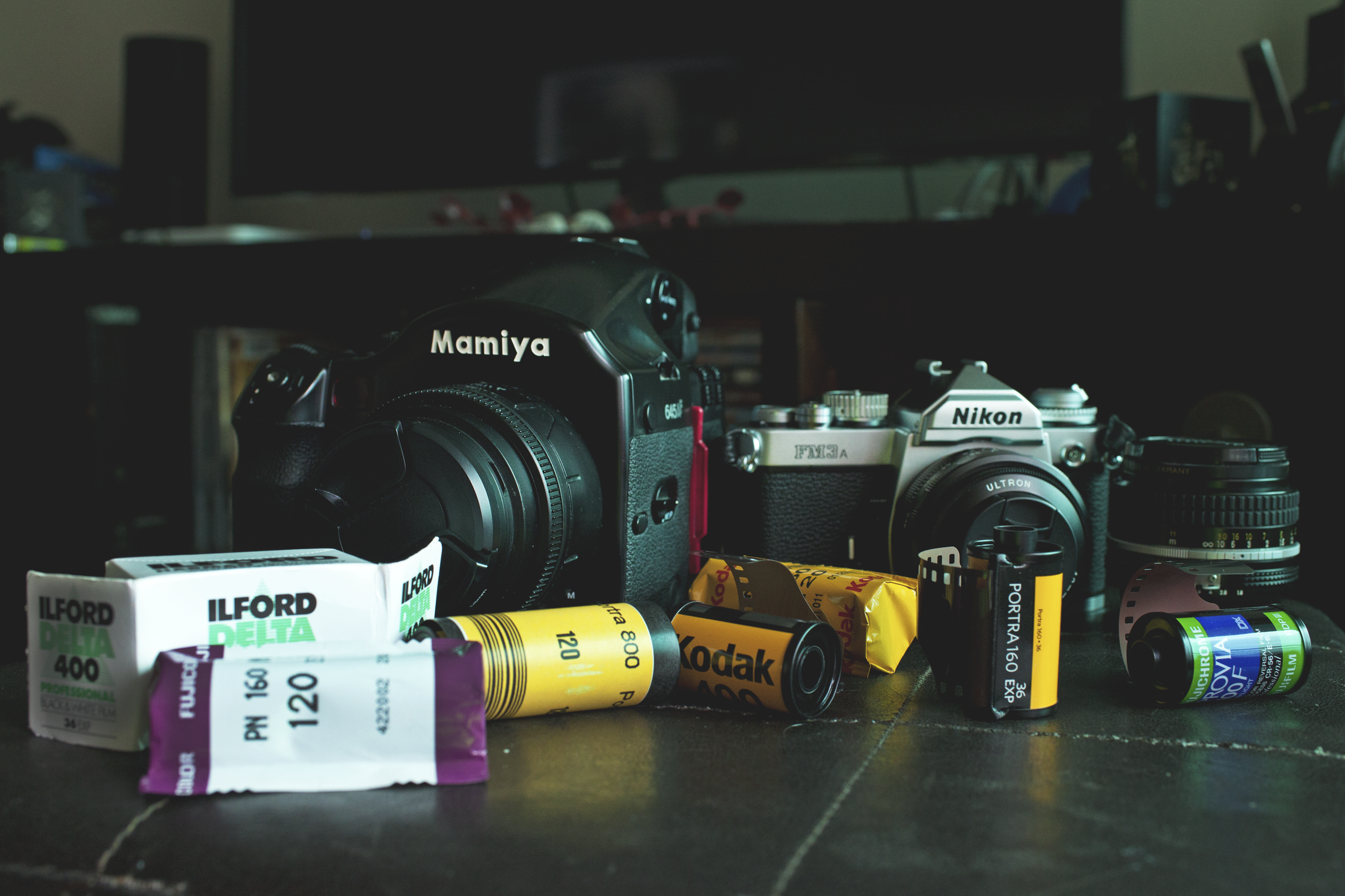
There are numerous articles debating the advantages of analogue over digital [or vice versa) but what I want to outline here are some of the reasons why I choose to shoot analogue and the benefits this has brought to my digital work. Below are my top 5 reasons for why I shoot film:
1. Organic Imperfection – that’s life
There are music lovers who claim that vinyl sounds more organic than a CD. Those who shoot on film are not that different. Some digital shooters try to imitate the analogue look on their digital images – but you can spot it. Film has an organic colour palette and a dynamic range that digital simply cannot match in terms of detail in both highlights and shadows. The above images of Rachel Jacqueline provide an interesting contrast between the qualities of analogue and digital.
There is something in the organic imperfection that analogue offers that has been lost in our contemporary digital world of sharp images. Sharpness is not the ‘be all’ and ‘end all’ of a good image. It can undoubtedly make a good image even better but a sharp image can also be bland and boring. There is something in the film grain that becomes an organic palette for a captured image that we are able to connect with as it depicts reality and that which our eyes see more accurately than a digital image.
This short video captures these imperfect organic qualities that draw me to analogue photography:
2. Consider Each Shot
Armed with our digital cameras or IPhones, we often opt for a continuous shooting speed with a style that is akin to a machine gun operator spraying our images with abandon and then choosing the single image out of many that amazingly ‘caught the moment’. If we don’t like any of the multiple images we shot, then there’s always the trusty ‘delete’ button. Nobody would ever know. Using a film camera forces you to carefully consider what’s in front of the camera before pressing that shutter button. Each image is going to cost you money to develop.
When you press that shutter button on a film camera, there is no option to glance at the LCD to see how the image has turned out. Each shot must be made to count. There’s also the added pressure of not wanting to pick up poorly taken images once they have been developed in the lab. When others see your images before you then there’s an added pressure to take something that you will be proud of. Managing a low attrition rate has advantages within my digital workflow as well. When I go through images I have taken on a photo shoot or at a sporting event, I am grateful when I don’t have too many shots to weed out. Time efficiency is important in the workflow of professional photographers and I am convinced that my grounding in analogue photography has helped on this front.
Even when shooting digital, I know when I have nailed an image as there’s a surge of confidence that comes with knowing that I have pulled all the ingredients together correctly. I then check the LCD & see that it was the case. This confidence comes from countless times of shooting images without an LCD. There is no second chance with analogue, no time to adjust settings as the moment has gone. Analogue has instilled this in me.
As an action photographer, I can shoot quick and under pressure where there is no ‘take two’. I can’t ask a runner to stop racing and quickly go back down the course so I can adjust my settings and get the ‘money shot’ because I fluffed it the first time. Quickly understanding the camera while under pressure has been been honed by slow deliberate analogue photography. Part of this involves pre-visualising what is going to happen as an athlete approaches at speed or during those in-between moments or unexpected instances. The below photo was taken during an ultra race in Hong Kong [Hong Kong 100]. I visualised the narrative that I thought would unfold and wanted to capture and so took a different position away from the crowd of photographers waiting to take a photo of Jeremy Ritcey as he crossed the finish line.
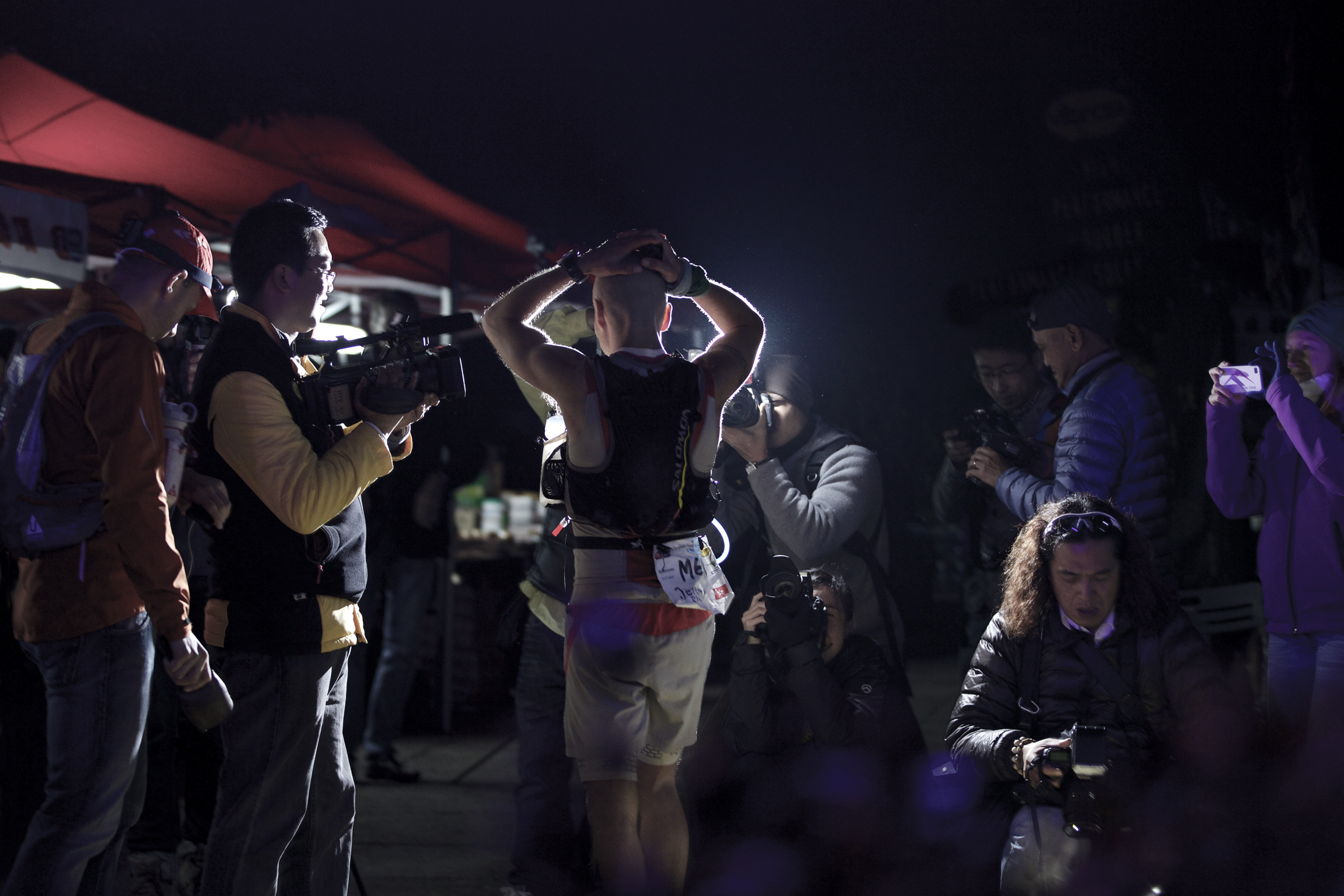
3. The Litmus Test – Skin & Vegetation
Call me old school but I like skin to look like skin and vegetation to look like… err… vegetation. My litmus test to tell whether an image has been edited to death or was not captured correctly in the camera are skin tones & leaves. I have lost count of the times when I’ve seen digital images with leaves or skin tones that are saturated to the point that the leaves are a toxic luminous green or the skin colour is far from a realistic tone. I like skin tones to be close to reality and film delivers on this front. Call me a snob in this Instagram world whereby filters and ‘artsy’ post production justify such shortcomings but I reckon you should get it right in the camera first of all before trying to cover it up or salvage in the edit. Saying that, I’ve just never been able to get that same natural colours and tones from a DSLR that I’ve seen come from analogue film. However, I try and get as close I possibly can. The following 3 images show how film captures natural skin tones.
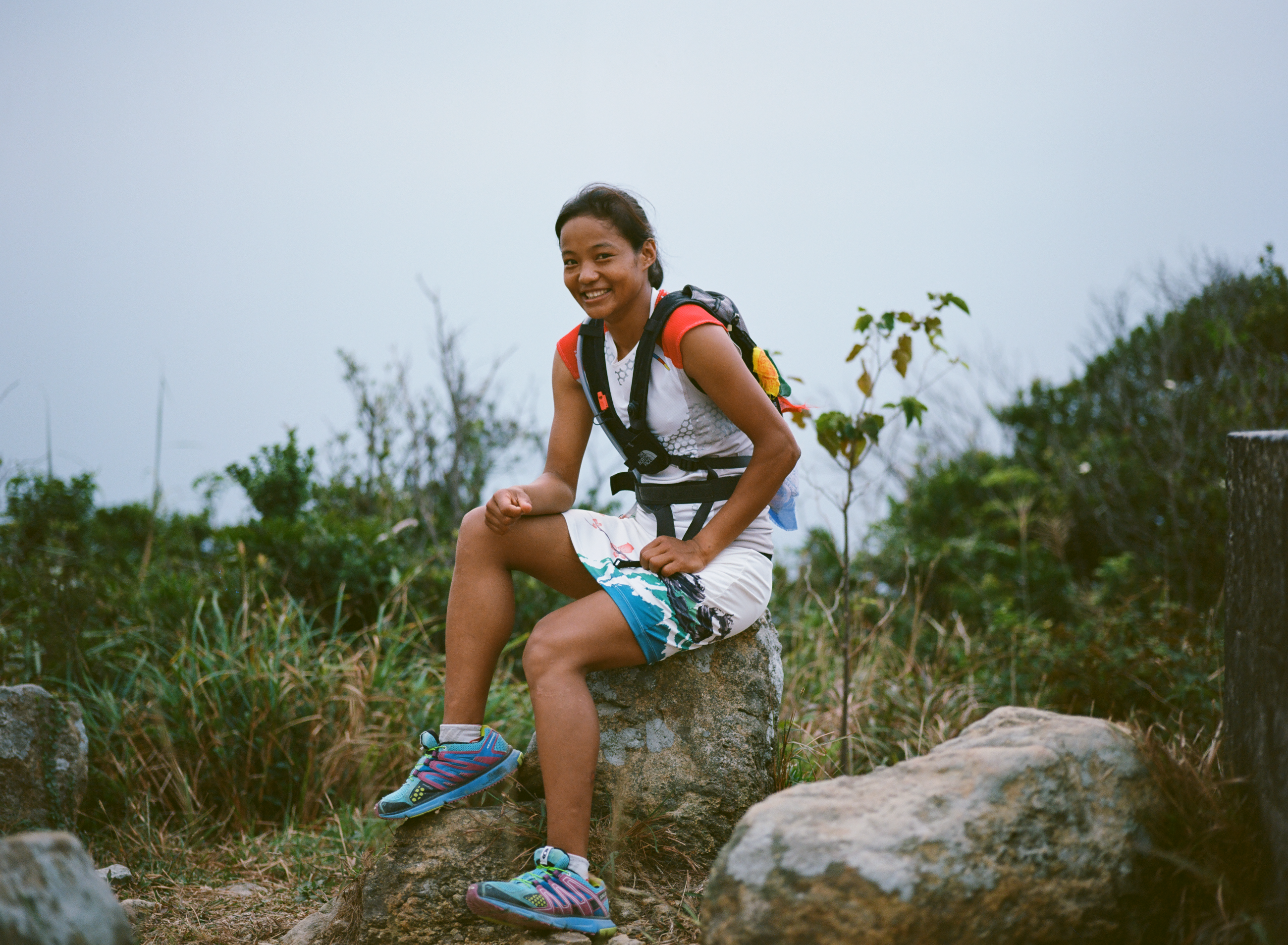
![Sunset walk with my daughter through the streets of Taichung - authentic skin tone [Portra 160 |Nikon fm3a]](http://lloydbelchervisuals.com/wp-content/uploads/2014/10/13288801845_0e6441fe8e_k-Exposure.jpg)
![Barry & Val: dear friends of mine in London - true skin tones [Porta 160 | Nikon fm3a]](http://lloydbelchervisuals.com/wp-content/uploads/2014/10/Barry-Val-UK-2014.png)
4. Light & Second Nature
It becomes second nature to adjust the camera as light changes when you spend enough time with analogue cameras. Light is the most important variable and understanding different conditions means that we need to know how to adjust the shutter and aperture settings. This easily translates to the digital world and brings benefits when I am running with camera in hand to head off the lead runners in a race to get a shot of them while running out from a low light setting such as a forest onto a brightly exposed ridge. No time for test shots. I have to know my exposure triangle and nail it in the camera. This is where you make your money as an action photographer and it is a buzz when you’re adjusting those settings while running with the camera, taking position and then capturing the quickly approaching runners. One could argue that a semi-auto mode such as aperture priority or shutter priority could work in these circumstances. It possibly could. But I always opt for full manual.
![Valerie Lagarde [Lantau 2 Peaks Race 2013] - shot in full manual mode](http://lloydbelchervisuals.com/wp-content/uploads/2014/04/L2P2013CValLagarde12600.png)
![Michael Ormiston running a ridge during the Mongolia 3 Day Ultra Race 2013 [full manual mode after climbing onto this ridge with moments to spare]](http://lloydbelchervisuals.com/wp-content/uploads/2014/05/Mongolia-Ultra-Race-2013.jpg)
5. Mastering Manual Focus.
There are times when you need to pull off a manual focus shot with a lens on a DSLR. Being comfortable with focusing manually is not an issue if you regularly shoot with analogue cameras. Earlier this week, I had a commercial photo shoot in a street setting and opted for 35mm Zeiss glass (that is totally manual) & popped it on my 5D for some shots because it offers superior optics (in my opinion) compared to other Canon lenses. The results were worth it.
Final thoughts:
Will my film cameras ever replace my digital cameras? No, I will continue to use them both and that’s not what I am aiming at with this article. As explained, analogue photography benefits my digital work. However, I will continue to shoot analogue film even if there weren’t any such obvious benefits because it embodies all that I enjoy about photography.